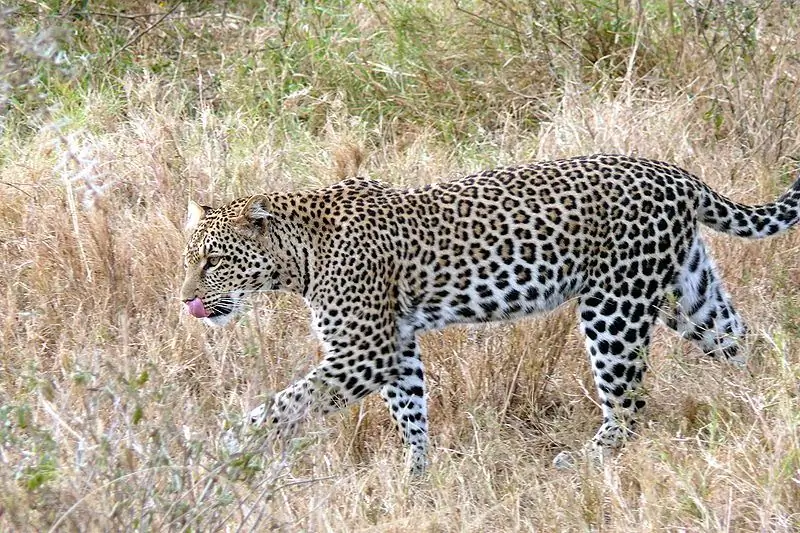- Author Henry Conors [email protected].
- Public 2024-02-12 02:45.
- Last modified 2025-01-23 09:07.
The bird described in this article is beautiful and unique. Her image can be seen on the silver coin of the Bank of Russia.
Magnificent and rather rare bird - black crane. The Red Book of Russia has this rare species of birds in its lists.
In general, all cranes are graceful birds. Their peculiarity is that they choose the only one for themselves for life, and therefore they are a symbol of fidelity. There are not many species of cranes in the world, and most of them are rare today. And the rarest is the black crane.
Before we introduce it, let's take a look at the list of the rarest bird species.

Red Book of Russia
The birds of this book (2001 edition) are an important part of the world of animals inhabiting Russia. Every year, a wide variety of species of animals, plants, etc. disappear without a trace from all over the planet. This statistics is also disappointing in relation to birds. In the last century alone, the planet has lost 130 species of birds.
For many species, and Russia is a haven, a habitat, among them there arequite rare. One of them is a black crane.
This bird is so rare that ornithologists could not describe it for quite a long time, since it was almost impossible to find it. Until 1974, the black crane was considered almost a myth. Ornithologist Pukinsky in 1974 first discovered a nest of this bird species on Russian territory. After certain observations, he was able to describe it.
Today this species is relatively well studied, however, it is included in the Red Book of Russia and the International one.
Description
The black crane is a bird from the crane-like order. Its body dimensions reach 90-100 centimeters in length, 150 cm in height, and weigh about 4 kg. The body is quite dense and large, the head is small. The relatively long neck is, like many similar birds, "S"-shaped. Strong, medium length beak slightly curved at the end.
The black crane has thin, rather long, but strong legs. The long tail due to covert feathers is quite magnificent. The plumage of the body is thick and dense. The main part of the body of the crane is covered with dark ash and blue-gray feathers. The flight feathers and tail coverts are painted black. Almost the entire head and neck are covered with white feathers. The unfeathered crown is bright red. At the very base, the beak has a pinkish color, and at the end it is greenish. The crane's legs are black-brown.
Sexual dimorphism is practically not expressed. Female cranes almost do not differ from males, only they are slightly smaller in size.
It should be noted that among all existing cranes, the black one is the mostsmall.

Where does the black crane live?
The main habitat of these birds is the territory of the Russian Federation (Siberia). A slightly smaller number lives in China (north) and on the Korean Peninsula. These birds prefer marshy sparsely forested deciduous forests or swamps, along the banks of which there are thickets of cotton grass and various sedges.
In total, according to scientific research, there are approximately 9 thousand individuals of this species. Their favorite places are hard-to-reach swampy lowlands of the taiga zone. The black crane is a migratory bird and winters in Japan (most birds), Korea and China.
Crane nesting area is not well studied. It is known that it is connected mainly with the larch taiga.
Lifestyle, behavior, nutrition
The behavior and voice signaling of these birds have not been studied enough. However, some facts are known. The black crane moves completely silently, alternately, smoothly and high raising its legs, slowly and carefully plunging them into the mud of the swamp. At the same time, the bird's head is slightly inclined down, and the body is always in a horizontal position.

The couple performs a beautiful mating ritual dance before mating. Birds jump, throwing up tufts of moss. The male at the same time makes calls, and the female repeats them twice after him.
In the spring, nesting takes place, for which the cranes choose a swampy area surrounded by forest. They are mostly deaf, unaffectedhuman activities of the place. Nests are built from various pieces of wet peat, moss, birch and larch twigs. Usually the female lays no more than 2 eggs, resembling the eggs of domestic geese. They incubate for about 30 days. Parents equally show concern for their offspring. The wings of the chicks are formed on the 70th day.
The basis of the diet are aquatic plants, berries, grains, insects with their larvae, small rodents, frogs and salamanders. Mostly food is picked up from the ground.

Conclusion
The Red Book of Russia is important. The birds brought into it are under reliable protection and protection.
The Black Crane is the rarest bird not only in Russia, but all over the world. Respect for this unique species and its protection is the personal responsibility of everyone and the primary task of environmental protection.






